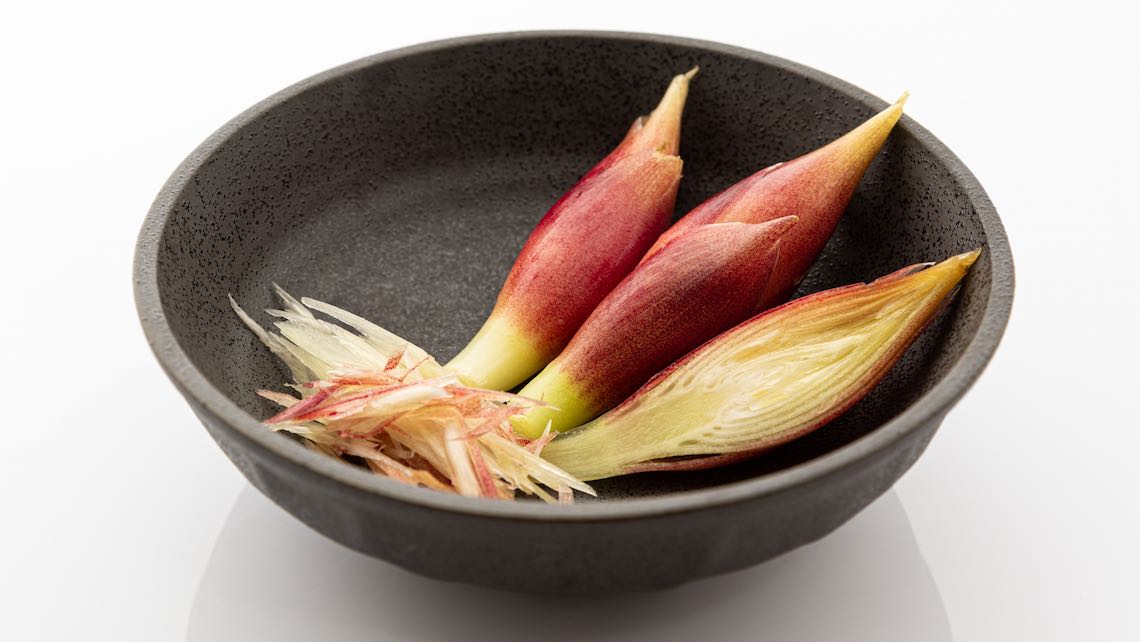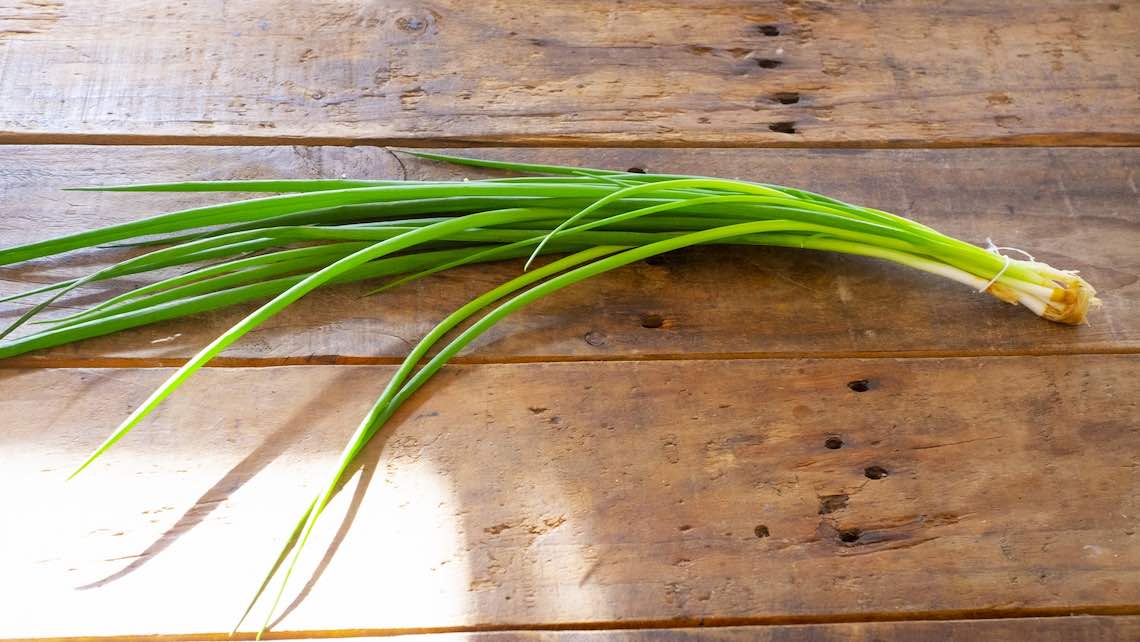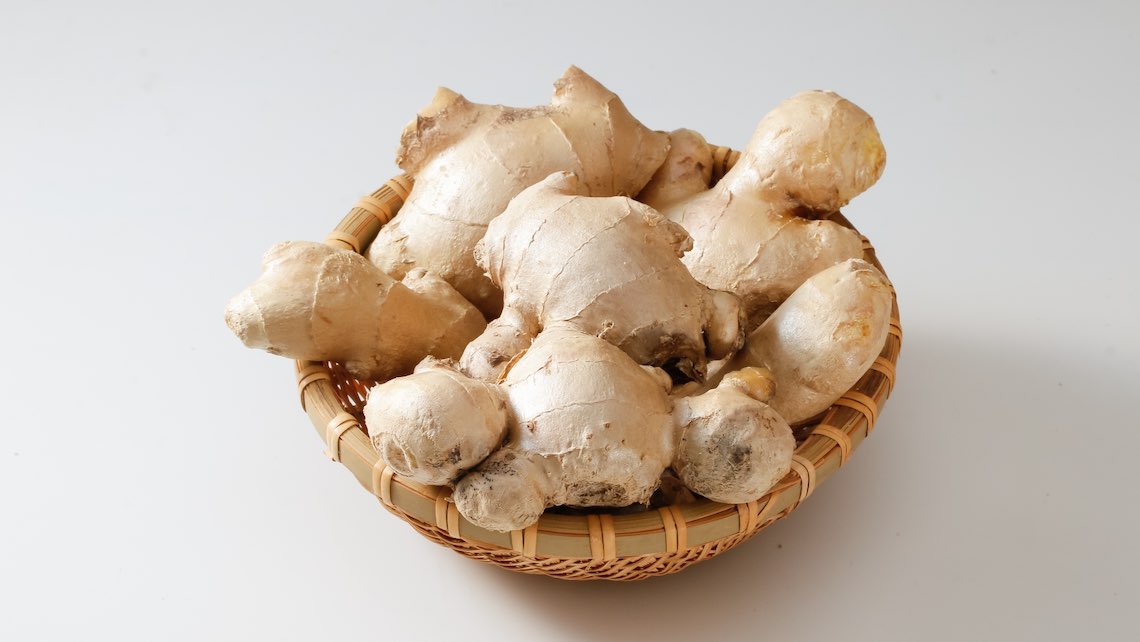Japanese Ginger [Myoga]

Japanese Name and Pronunciation:

[myouga]
Myoga is an essential ingredient in Japanese cuisine. In English, it is known as “Japanese Ginger” or “Myoga.”
Myoga is now commonly cultivated in greenhouses, allowing it to be available throughout the year. However, its peak season is generally considered to be from summer to autumn, typically between June and October.
Myoga resembles ginger in appearance but possesses different flavors and textures. In Japanese cuisine, both the shoots and rhizomes of myoga are used. It is characterized by a distinctive aroma and a refreshing taste, often utilized either raw or chopped as a seasoning or garnish.
Myoga is frequently employed in the presentation of sashimi and sushi. The chopped myoga adds a unique flavor and refreshing aroma, enhancing the taste of raw fish and sushi. Additionally, myoga shoots are enjoyed as a seasonal delicacy. These shoots possess a ginger-like flavor with a slightly tender and crisp texture.
Myoga contributes a refreshing taste and a pleasant aroma, serving to balance and accentuate flavors in Japanese cuisine. Its distinct flavor is utilized in various dishes, adding depth and complexity to the overall culinary experience.
Moreover, myoga contains nutrients such as vitamin C and dietary fiber, and it is believed to aid in digestion and offer antioxidant benefits.
In summary, myoga plays a significant role in Japanese cuisine, providing a distinctive flavor and refreshing aroma that adds a special allure to dishes.





